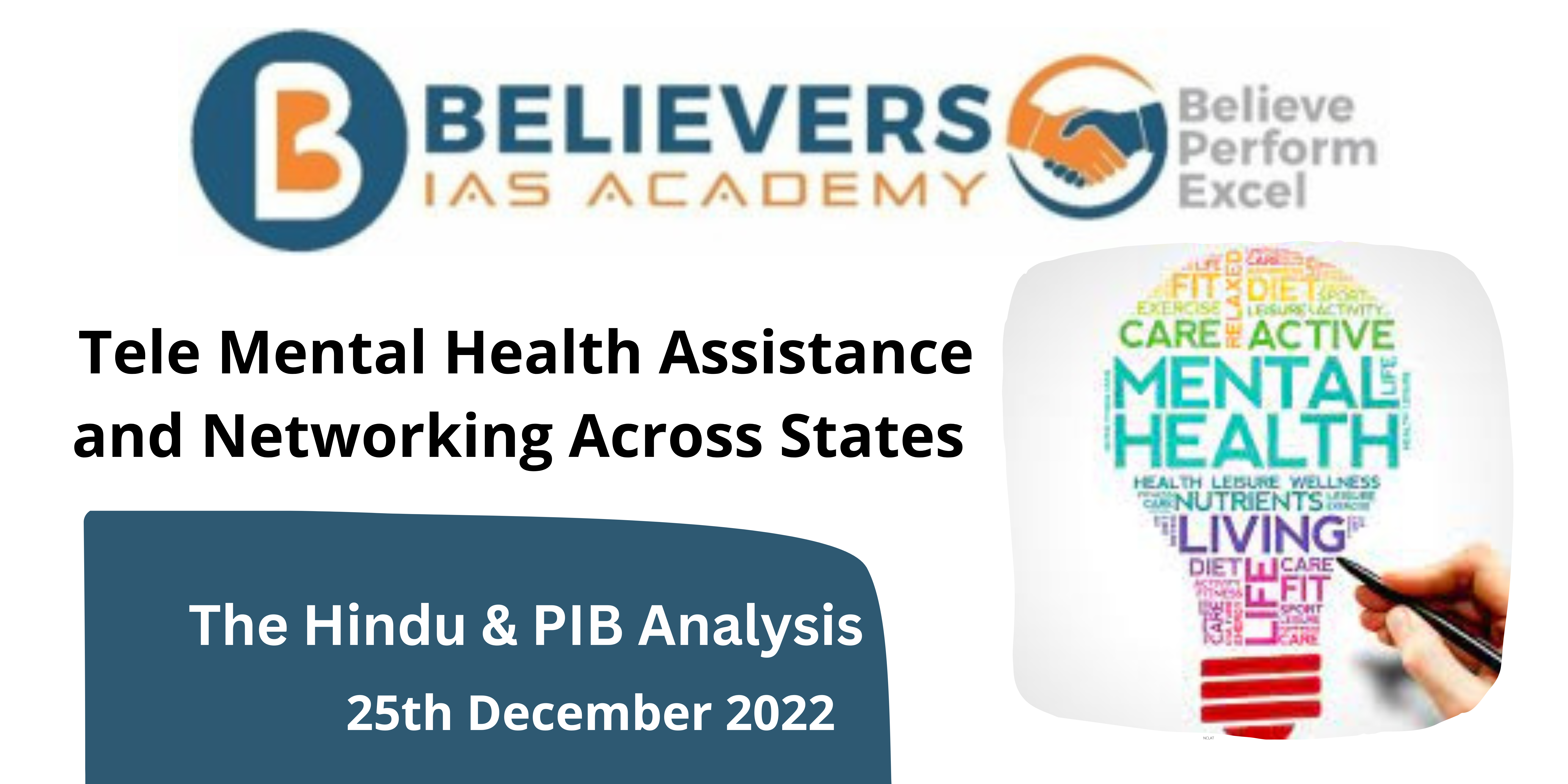Cervical Cancer
Context:
- The Government of India has stated that it will begin distributing vaccines for prevention of cervical cancer through schools that aim to prevent cervical cancer in girls between the ages of 9 and 14.
- The Human Papillomavirus (HPV) vaccine was suggested for inclusion in the Universal Immunization Program by the National Technical Advisory Group for Immunization (NTAGI) (UIP).
- One of the biggest public health initiatives, the UIP offers free vaccinations against at least 12 diseases and has been successful in eradicating different diseases including polio and neonatal and maternal tetanus.
Why is it required?
- If cervical cancer is diagnosed early and treated effectively, it can be prevented and cured. It is the second most prevalent type of cancer in Indian women and is responsible for a significant number of fatalities each year.
- It is caused by human papillomavirus infection; vaccinations are available to guard against malignant HPV.
- According to a recent study published in The Lancet, Asia is expected to be home to more than 58% of all cervical cancer cases and deaths worldwide, with India accounting for 21% of cases and 23% of deaths, followed by China (18% and 17%).
Challenges Associated:
- The burden of cervical cancer is still quite high across Asia and Africa, according to a study published in The Lancet.
- The study revealed significant geographic and socioeconomic disparities in cervical cancer worldwide, with a distinct growing rates in a gradient for nations with less advanced human development.
- India was rated 132 out of 191 nations in 2022 according to the Human Development Index.
- Health experts assert that everyone in the ecosystem, from the government to doctors to front-line health workers, should launch campaigns on cervical cancer awareness, push vaccinations, and encourage screening for all girls because India’s fertility rate is declining due to a variety of factors, including improved literacy rates, increases in the age of marriage, and so on.
Source The Hindu
For more updates, Click Here




